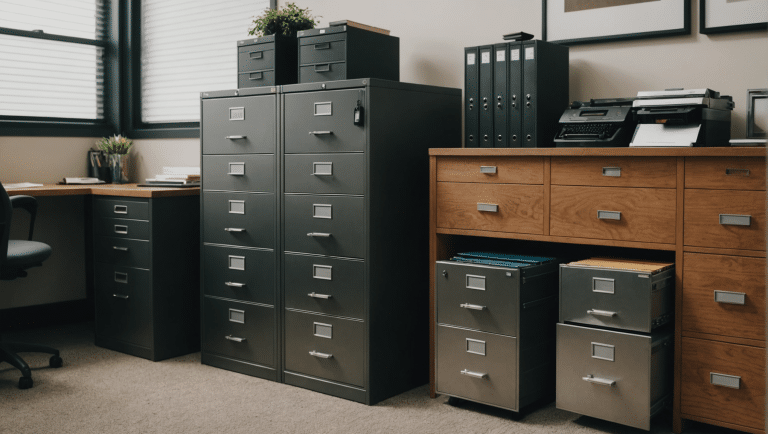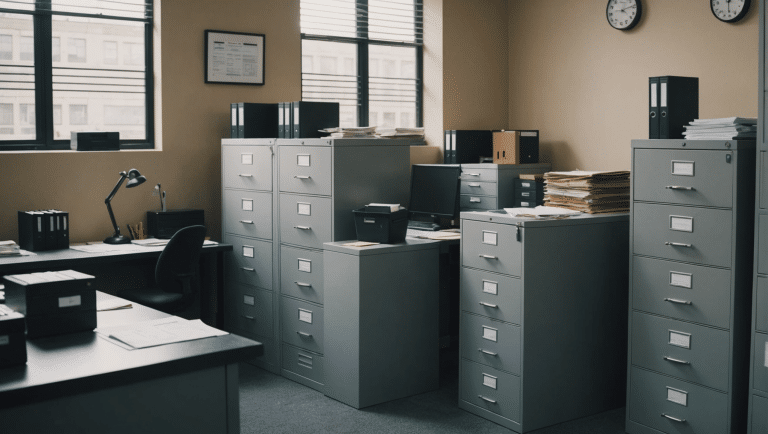Office Bacteria Project – What’s lurking on your desk?
As businesses up and down the country prepare for a return to work, issues of office cleanliness are at the forefront of our minds. The recent pandemic has changed the way we look at the world around us and made us more conscious of transferring germs than ever. We’ve witnessed the full scale of what a virus can do and, understandably, many are apprehensive about going back into an office space.
Keeping work and common areas as clean as possible is a vital step towards reducing the risk of transmitting illnesses, whether that is COVID-19 or a more general bug. The NHS suggests that some viruses can live for weeks on hard surfaces, such as door handles and kitchen worktops, but also, more worryingly, on many of the everyday items you’d find on an office desk. Well, we decided to do a little experiment to grow some bacterial cultures and show what some bugs that surround us every day actually look like when given the chance to grow undisturbed.
So, we set about swabbing all the common areas in the office that people come into contact with. The results were both fascinating and revolting! While our team took these swabs pre-pandemic, our results highlight some of the areas across the office where bacteria is likely to grow – some less obvious than others. While cleanliness across the office should always be a top priority, now more than ever it is vital to keep our shared spaces healthy.
Take a look at how we went about growing the microorganisms and what we found:
The Method
- Hot water boiler
- Computer mouse
- Photocopier
- Keyboard
- Desk surface
- Cleaned computer mouse (using generic desk wipes)
- Main corridor door handle
- Telephone mouthpiece
- Chewed pencil
- Chewed pen
It was important to sterilise the cotton buds using an alcohol wipe before use, allowing the alcohol to evaporate before using it to swab. That way, it was reasonable to deduce that the only bacteria gathered would be from the specimen surface (and not residual bacteria already present on the cotton bud).
We then put the dishes in a breathable cardboard box somewhere warm for five days. The box was labelled so that nobody unwittingly opened it or threw it away.
Note: It’s important to work methodically and carefully to avoid accidental or cross-contamination. The lid of each Petri dish was opened momentarily and then closed, labelled and taped as soon as it had been inoculated.
You should also wash your hands after handling each sample to avoid contaminating your swabs and to avoid anything nasty lingering on your skin.
The Results
After five days, the bacterial and fungal cultures had grown to visibly revolting levels! Given that this was the first time our team had done an experiment like this since their school days, we were really pleased with the way the plates had turned out. We were also rather repulsed by the contents of the plates, as it showed the diversity of germs that might be lurking on most of the surfaces in the office.
Computer mouse
Since the sample taken from the mouse that had been cleaned exhibited the least amount of growth, it also highlighted just how important it was to regularly clean your equipment and work surfaces – particularly when somebody in your office is ill, or during a situation such as COVID-19.
Desk
The desk’s sample showed probably the largest range of bacteria, fungi etc. and this is probably due to the wide range of things coming into contact with it on a daily basis. The trend for workers to eat ‘al desko’ is also likely responsible for some of the microorganisms present on this particular plate.
Photocopier
Another point that the experiment highlighted was that the copier seemed to be far dirtier than we would have expected. We concluded that this was likely due the fact it’s used by a wide variety of people but hadn’t been assigned to anybody to be cleaned regularly. When we considered this point against the ease with which illnesses can spread, we realised that the copier would be a prime point of contagion. From this day forward, we vowed that the copier would be sanitised regularly!
Hot water boiler
Our office boiler also showed some interesting and unique growth that might look different to some of the other samples simply because it is taken from an area kept hotter than most other areas in the office.
Office door
The door is not as surprising, however, as despite its notable growth it isn’t as extensive as some of the other plates. We deduced this is likely due to the fact it is cleaned everyday by the office’s cleaners. However, it seems that this makes the existing growth even more revealing since it will be based on just a day’s worth of contact and exposure. Again, this can show just how much an object can act as a point of contagion even between thorough cleaning.
Chewed stationery
Chewed ballpoint pens and pencils seem to harbour many germs, even after they’ve been sat ‘unchewed’ for a few days. The problem here is that, if you chew your pen, you’re essentially creating a point of contagion that you then carry around with you. Lend it to a colleague and you could be exposing them to something that makes them ill. On top of all this, if the pen itself becomes contaminated you’re then bringing this contamination straight into your mouth – yuk!
Phone and keyboard
The phone and keyboard samples are surprising in their lack of development. This may simply be that the surfaces were cleaner than we expected (which we aren’t so sure is the case for the keyboard in particular – look at the mess from under the keys!)
Our best guess is that we didn’t let all of the alcohol from the sterilising wipe evaporate, which meant that we probably killed a lot of the bacteria that the swab picked up – resulting in an unrepresentative sample. Either way, the colonies that are present still look pretty gross to us.
In the end, we found that most areas in our office were technically dirty and that some places should definitely be cleaned on a more regular basis.
Much of the bacteria we found would originally have been at levels that were unlikely to cause you any harm, but they highlight areas of the office that could act as points of contagion should anything really harmful, such as COVID-19, be allowed to grow there. As we return to work, it is imperative to have a thorough office cleaning routine in place to create a safe and healthy working environment.
Where do you think the most bacteria could be found in your office? How are you preparing for a return to work? Let us know over on the Viking Twitter @Viking_Chat







